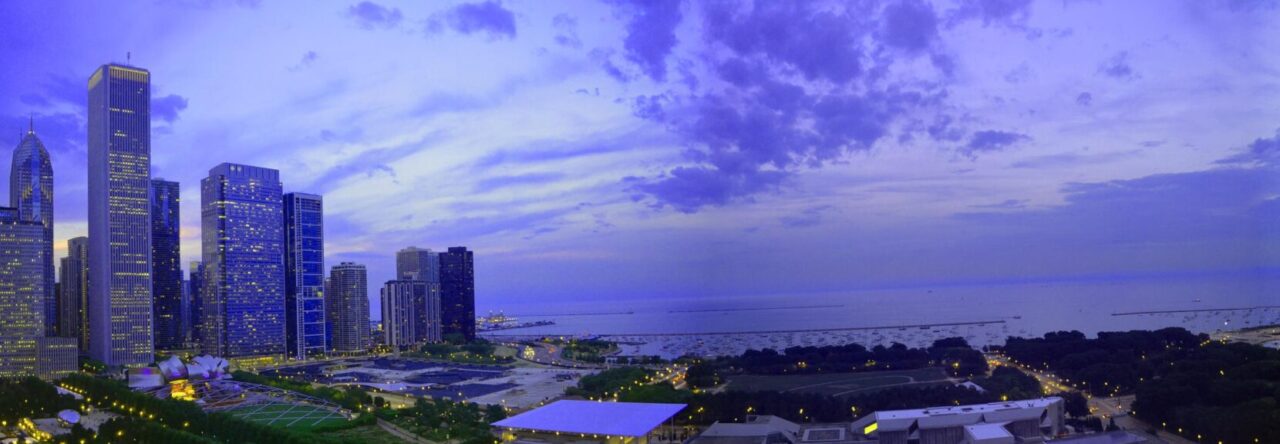This morning’s Atlantic Cities article on whether big box stores can reduce vehicle miles traveled (VMT) because it “brings shopping closer to where people live” fundamentally misunderstands the problems that big box stores cause in urban communities and why many urbanites do not want them in their communities even though they may patronize these stores. Nothing about these stores’ design is urban. It is not walkable, there are no accommodations for transit or bike/pedestrians. The only way to access these stores comfortably is with a car. This development pattern drives up traffic locally on urban streets that may not have been designed for these traffic volumes. It impacts neigboring land uses through light pollution from its vast parking lots, through water runoff, and through large deliveries at night in the back of the store (sometimes facing residential neighbors).
That’s not to say that big box stores can’t work in urban areas. They can and do. When you reorient them to face the street, making it easier to access via transit, bicycle and pedestrian modes, reduce parking ratios (per square foot) and build big box stores in a more mixed use environment, they can work in a much more urban-friendly way.


